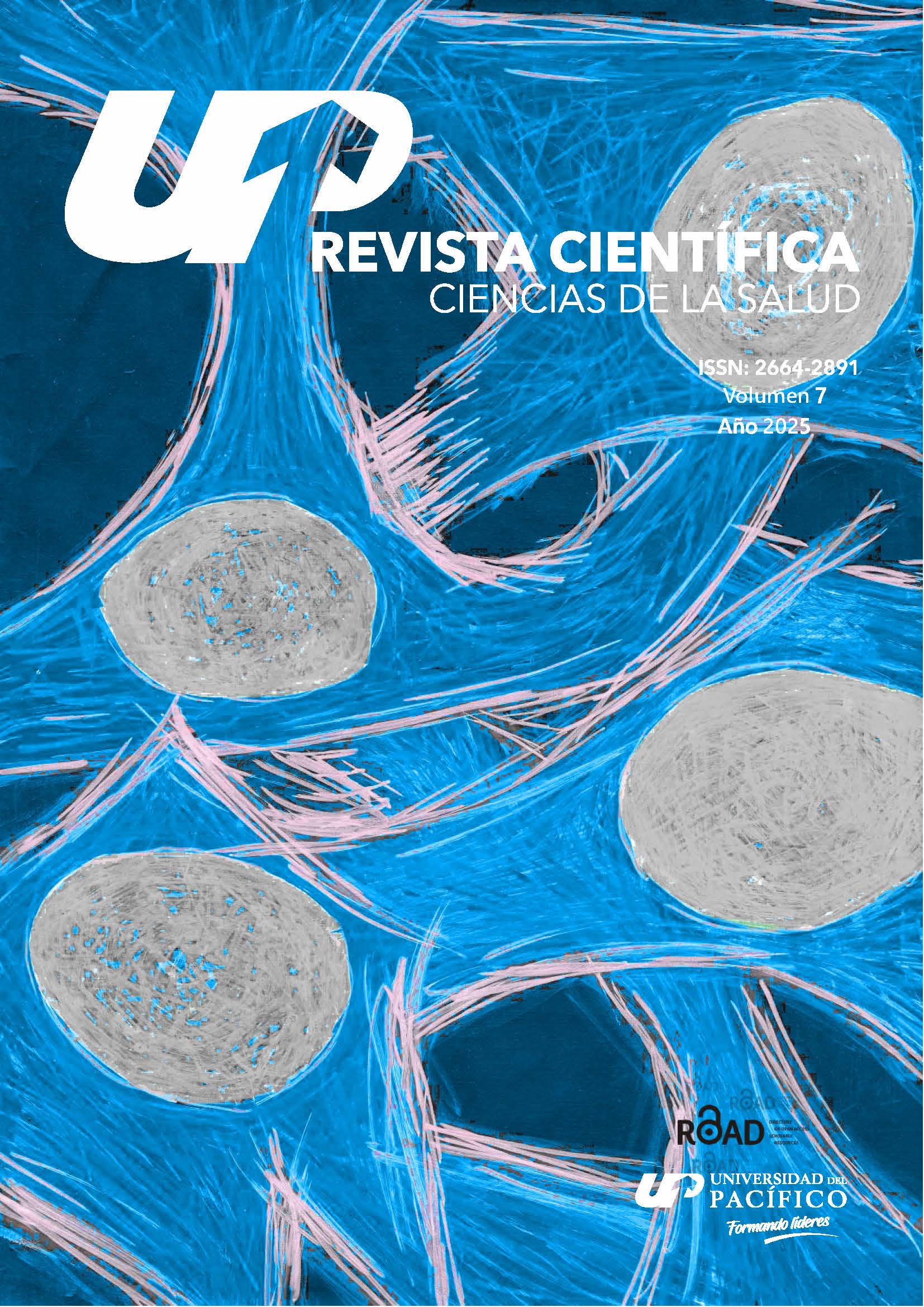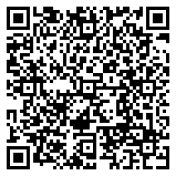Psychometric characteristics of the exam anxiety inventory in paraguayan students
DOI:
https://doi.org/10.53732/rccsalud/2025.e7108Keywords:
test anxiety, self-esteem, scale, reliability and validityAbstract
Introduction. Instrumental adaptation is essential to ensure that items are understandable, relevant, and culturally appropriate in the context in which they are applied. Objective. To linguistically and culturally adapt the Spanish version of the Test Anxiety Inventory (TAI) and the Rosenberg Self-Esteem Scale (RSES) into a virtual format. Additionally, to examine their psychometric properties through reliability analysis, and exploratory and confirmatory factor analysis.
Materials and Methods. A non-experimental survey design was used with a sample of 359 students aged 17 to 44 from the National University of Asunción, enrolled in the Psychology, Communication Sciences, Literature, and History programs. Of the participants, 66,4% were female; the mean age ± standard deviation was 22 ± 5,26 years. The linguistic comprehension test was conducted with 18 students from the UNA Medicine program, and a preliminary evaluation was performed by an expert committee consisting of two local professors in Spanish language and literature, who verified semantic, idiomatic, and conceptual equivalence to Paraguayan Spanish. Results. The TAI obtained a Cronbach’s alpha of 0,895 and showed a multidimensional structure with four factors. The Self-Esteem Scale obtained a Cronbach’s alpha of 0,884 and a two-factor structure. The sample showed a high level of test anxiety, while the self-esteem level was moderate. According to Pearson’s coefficient, the correlation between the two variables was extremely weak. Conclusion. Both instruments demonstrated sufficient empirical evidence; their use is recommended in Paraguayan university populations.
References
Cano Acosta NC. Ansiedad frente a exámenes, un tipo de ansiedad fóbica que se presenta en el contexto académico. An. Fac. Cienc. Méd.(Asunción). 2024;57(1):103-114. https://doi.org/10.18004/anales/2024.057.01.103
Cano Acosta NC. Eficacia de la terapia dialéctica comportamental para el tratamiento del trastorno de personalidad límite. Revista Científica de Ciencias de la Salud. 2021;3(2):126-135. https://doi.org/10.53732/rccsalud/03.02.2021.126
Sarason SB, Mandler G. Some correlates of test anxiety. J Consult Clin Psychol. 1952;47(6):810-807. https://doi.org/10.1037/h0060009
Liebert RM, Morris LW. Cognitive and emotional components of test anxiety: A distinction and some initial data. Psychological Reports. 1967;20(3):975-978. https://doi.org/10.2466/pr0.1967.20.3.975
Rost DH, Schermer FJ. The various facets of test anxiety: A subcomponent model of test anxiety measurement. In: Schwartzer R, Van der Ploeg HM, Spielberger CD, editors. Advances in test anxiety research. Vol. 6. Lisse: Swets & Zeitlinger; 1989. p. 37-52. https://www.researchgate.net/publication/266390429_The_Various_Facets_of_Test_Anxiety_A_Subcomponent_Model_of_Test_Anxiety_Measurement
Spielberger CD. Manual profesional preliminar para el Inventario de ansiedad ante los exámenes. Palo Alto (CA): Consulting Psychologists Press; 1980.
Hodapp V. Das Prüfungsängstlichkeitsinventar TAI-G: Eine erweiterte und modifizierte Version mit vier Komponenten. Zeitschrift für Psychologie Pädagagogische. 1991;5:121-130. https://www.scirp.org/reference/referencespapers?referenceid=497953
Heredia D, Piemontesi S, Furlan L, Hodapp V. GTAI-A: adaptación del Inventario Alemán de Ansiedad Frente a los Exámenes. Evaluar. 2012;8:46-60. https://doi.org/10.35670/1667-4545.v8.n1.504
James W. Principios de Psicología. Glem; 1945. https://psikoanarko.wordpress.com/wp-content/uploads/2019/01/W.-James.-Principios-de-Psicologia.pdf
Barber J, Solomonov N. Teorías psicodinámicas. In: APA Handbook of Clinical Psychology. Washington, DC: American Psychological Association; 2016. p. 1-34. https://doi.org/10.1037/14773-003
Rogers CR. El proceso de convertirse en persona. Barcelona: Paidós Ibérica; 1992.
Maslow A. Hacia una Psicología del Ser. Barcelona: Editorial Kairós SA; 1968.
Rosenberg M. Society and the adolescent self-image. Princeton (NJ): Princeton University Press; 1965.
Rojas-Barahona C A, Zegers P B, Förster M E. La escala de autoestima de Rosenberg: Validación para Chile en una muestra de jóvenes adultos, adultos y adultos mayores. Rev. méd. Chile. 2009; 137(6):791-800. http://dx.doi.org/10.4067/S0034-98872009000600009
Muñiz J, Elosua P, Hambleton RK. Directrices para la traducción y adaptación de los tests: segunda edición. Psicotema. 2013;25(2):151-157. https://doi.org/10.7334/psicothema2013.24
Reales-Chacón LJ, Robalino Morales GE, Peñafiel Luna AC, Cárdenas Medina JH, Cantuña-Vallejo PF. El Muestreo Intencional No Probabilístico como herramienta de la investigación científica en carreras de Ciencias de la Salud. Revista Universidad y Sociedad. 2022;14(S5):681-691. https://www.studocu.com/pe/document/universidad-de-lima/estadistica-empresarial-i/articulo-el-muestreo-intencional-no-probabilistico/94167336
Ávila R. Los medios de comunicación masiva y el español internacional, en Actas del II Congreso Internacional de la Lengua Española, Instituto Cervantes. https://muse.jhu.edu/pub/320/oa_monograph/chapter/2583045/pdf
Terwee CB, Prinsen CAC, Chiarotto A, Westerman MJ, Patrick DL, Alonso J, et al. COSMIN methodology for evaluating the content validity of patient-reported outcome measures: a Delphi study. Qual Life Res. 2018;27(5):1159-1170. https://doi.org/doi:10.1007/s11136-018-1829-0
Quevedo F. Measures of central tendency and dispersion. Medwave. Revista Médica Revisada por pares. 2011;11(3):1-6. https://doi.org/10.5867/medwave.2011.03.4934
Lloret-Segura S, Ferreres-Traver A, Hernández-Baeza A, Tomás-Marco I. El Análisis Factorial Exploratorio de los Ítems: una guía práctica, revisada y actualizada. Anales de Psicología. 2014;30(3):1151-1169. https://doi.org/10.6018/analesps.30.3.199361
Hinkle DE, Wiersma W, Jurs SG. Estadística aplicada a las ciencias del comportamiento. (Vol 663). Boston: Houghton Mifflin; 2003. https://www.scirp.org/reference/referencespapers?referenceid=2229977
Pizarro Romero K, Martínez Mora O. Análisis factorial exploratorio mediante el uso de las medidas de adecuación muestral kmo y esfericidad de bartlett para determinar factores principales. Journal of Science and Research. 2020;5(CININGEC):903-924. https://revistas.utb.edu.ec/index.php/sr/article/view/1046
Guerra FE, Jorquera RA. Propiedades psicométricas del inventario alemán de ansiedad ante los exámenes en universitarios chilenos. Propiedades psicométricas. 2021;14(2):173-180. http://dx.doi.org/10.4067/S0718-50062021000200173
Rojas-Torres L, Furlan LA, Rojas-Rojas G. Análisis Psicométrico del Inventario Alemán de Ansiedad ante los Exámenes basado en el Modelo de Respuesta Graduada. Psykhe. 2023;32(2). https://doi.org/10.7764/psykhe.2021.39025
Martínez Raya GD, Alfaro Urquiola AL. Validación de la escala de autoestima de Rosenberg en estudiantes paceños. Fides et Ratio. 2019;17(17):83-100. http://www.scielo.org.bo/scielo.php?script=sci_arttext&pid=S2071-081X2019000100006&lng=es&tlng=es
Vázquez-Morejón AJ, Jiménez García-Bóveda R, Vázquez-Morejón JR. Escala de autoestima de Rosenberg: fiabilidad y validez en población clínica española. Apuntes de Psicología. 2004;22(2):247-255. https://doi.org/10.55414/bsxyn321
Published
How to Cite
Issue
Section
License
Copyright (c) 2025 Revista científica ciencias de la salud

This work is licensed under a Creative Commons Attribution 4.0 International License.






















 All the contents of this journal are licensed under a
All the contents of this journal are licensed under a 